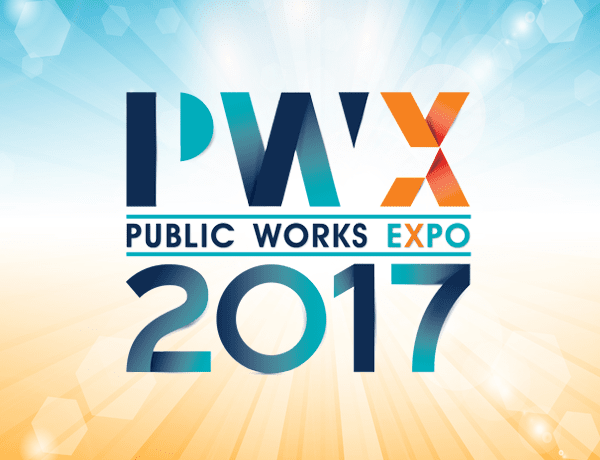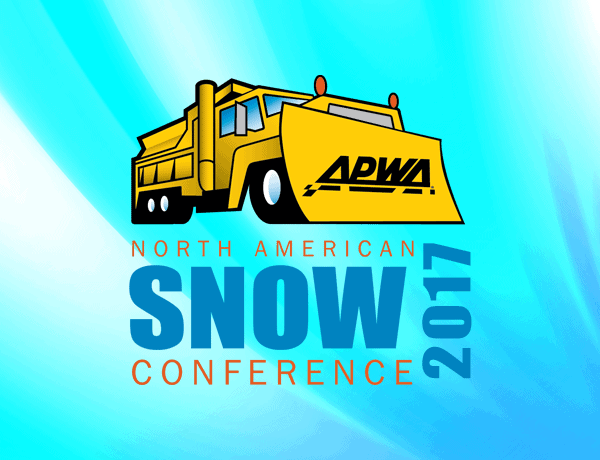Video
EnvisionA is an easy to use, flexible resource that facilitates the development and maintenance of sustainable infrastructure. It provides value at every step of the process – from the earliest planning stages throughout operations. It is a comprehensive framework of sixty sustainability criteria that address the full range of environmental, social, and economic impacts to sustainability in project design, construction, and operation. This tool can be used for infrastructure projects of all types, sizes, and locations.Join us for this review of the tenets of the triple bottom-line, the application of sustainability in public infrastructure, and the basics of how EnvisionA is applied to projects. We'll take a look at different types of public works projects and review how the rating credits are applied.Learning Objectives:Identify the type of leaders that can best serve your public works operation and the community at-large.Discuss the importance of building resiliency into to public works infrastructure and services.Develop a public outreach program that deploys social media and other communication strategies to increase the presence and reputation of public works with your community.
Read MoreHear an operator's perspective for setting up and calibrating ground speed controllers in a bottom up organization. Discussed are lessons learned over 18 years of working with many generations of…
Read MoreWhen budgets tighten and technology fails, how do you keep your agency moving forward? It might be time to look outside of conventional methods.This session is a case study of…
Read MoreHow do you get employees to stretch their boundaries and take on new initiatives and projects? Google famously lets its engineers spend up to 20% of their time on side projects. While we can't all be Google, some of their approach can be applied to encourage creative thought and problem-solving. The City of Des Moines Public Works Department has added a unique wrinkle to the pre-existing professional development program. The professional development form includes four goals; the first three are built by the employee and the supervisor. The fourth goal must stretch the employee's boundaries, forcing the employee to learn a new skill, acquire new knowledge or an ability that will help expand his or her job definition. Employees have come up with some really creative projects that will impress you!Learning Objectives: Adapt a traditional, professional development program into one that includes employee innovation.Drive innovation with experienced staff who know their jobs and do them well, but don't stretch beyond that.Build an employee retention tool that is interesting and exciting for both new and current employees.
Read MoreFacility managers know the importance of maintaining a safe and functional building for occupants on a daily basis. But, how prepared is your facility to withstand a hurricane, earthquake, flood, or fire? Do you conduct regular assessments of your facilities' roofs, utilities, and emergency life systems? Do you have a preventive maintenance program? What back-up systems are in place to support emergency operations, including fuel supply and generators?Learning Objectives: Identify facility deficiencies that would impact emergency preparedness.Anticipate ""Are You Ready?"" through preventive maintenance best management practices.Prepare facilities now to support emergency operations for specific issues and hazards.
Read MorePokAmon Go introduced the world to augmented reality. Thanks to the simplicity and mass popularity of this game application, techno-consciousness has been expanded and creative ways to deliver valuable information to field staff, work crews, and citizens have been generated. AR is proving to be incredibly powerful for public sector uses, helping governments get more tangible use out of all the data they track and maintain. Alameda County, California, is putting in an AR system that will allow workers to track the county's 7,000+ streetlights and traffic signals. For example, when a worker points a smartphone at a streetlight, the system will fetch the relevant GIS and asset management data. This could be just the beginning. The County's 311 system might be the next project they tackle.Learning Objectives:Enhance and encourage the use of leading-edge technology for public works applications.Increase productivity and efficiency using augmented reality technology.Envision how AR technology might be used for various public works functions.
Read MoreThere is a lot of pressure on local governments today to transition to a more citizen-centric form of service delivery that is transparent, holds government accountable, and provides an easy pathway for community members to be actively involved in decision making. This interactive session will feature a case study of how Nashua, New Hampshire, used data to successfully communicate its sustainability successes. We'll walk you through a process to link available data/metrics to implemented programs and provide you a worksheet template and a resource list you can take home.Learning Objectives:Establish a protocol to meet the growing pressure for transparency in operations.Identify specific metrics that ""tell the story"" of project or program success.Improve communication with community members.
Read MoreThe fleet industry has seen massive change over the last 10 years and continues to evolve. We are flooded with new technology, regulations, fuel types and sustainability efforts that have…
Read MoreVariable Speed Limit (VSL) systems aim to provide realistic, reliable, and real-time speed limit information to roadway users. The Iowa DOT has deployed four VSL systems that are currently running…
Read MoreThe City of Pickerington, Ohio, used a multi-faceted approach for public outreach for its $8 million upgrade to the State Route 6 project. This roadway carries well over 50,000 vehicles per day and serves as the primary freeway access for the majority of the city's 45,000 residents. Regular lane closures, new medians, drainage improvements and roadway surfacing were all expected to cause major headaches for motorists and businesses. Learn how the City was able to develop supporters for the project within the community who, in turn, used social media to share the information the City was providing and expressed excitement for the coming changes. The City was able to maintain continued public support for the duration of the project despite several major unforeseen challenges.Learning Objectives: Plan a multi-faceted public relations program for public works projects.Achieve public buy-in and support for a project before it even begins.Maintain public buy-in and support for a project during chaotic construction activities.
Read More
